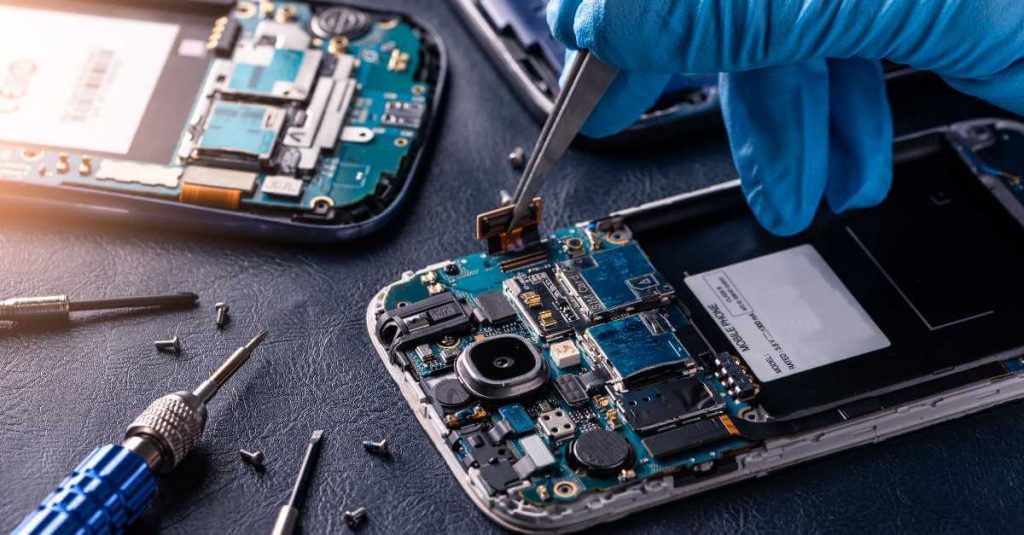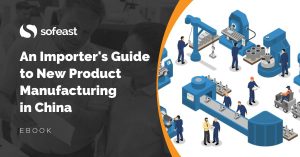There is a long-term trend that companies and people designing new products need to have in mind:
- A growing share of consumers expect brands to design more sustainable (or fewer unsustainable) products;
- In some regions of the World, regulators are also pushing companies in that direction.
EU legislation driving changes to consumer products
The latest sign comes from the EU. This new legislation is going to require consumer technology to last for a decade.
The European Parliament’s objectives are as follows:
- Make repairs easier and cheaper, and generally remove obstacles to repairing, reusing, and reselling (this is where the ‘right to repair’ comes in);
- Avoid practices that shorten a product’s lifetime;
- Reduce electronic waste (among others, by standardizing the types of chargers);
- Give consumers information by labeling products in function of their durability;
- Get rid of advertising claims for eco-friendliness of products if those claims can’t be supported by facts that are appropriate and verified.
And, more widely, more and more people think of how they can Reuse, Reduce, Repair, and/or Recycle what they buy/consume. That’s a positive trend, and in certain categories, it can’t be ignored.
Now, if you are designing electro-mechanical products, what does this focus on right to repair, durability, and waste reduction mean for you?
First, think of how to make your product durable beyond the 2-year warranty and without repairs
For many consumer products, it is a sad fact that repairing will not even be considered. The key objective is to make the MTTF (Mean Time To Failure) as long as possible since the item might be discarded at the first failure.
Some widely used mathematical models (Arrhenius, Coffin Manson, Hallberg Peck…) can help extrapolate the results found in a lab. Reliability engineers can predict when most of the products will fail, within a certain time range.
There are a number of tools at your disposal for this, as I wrote in Using Reliability Engineering for Designing a More Durable Product.
Oh, and it helps tremendously with product safety, too, as I wrote in Why Product Safety, Quality, and Reliability Are Tightly Linked.
Second, go for a product design that makes repairing easy
Some clients have asked us to handle repairs in the Free Trade Zone and ship the batch back to them. Typically, a key component such as the battery has to be replaced. And it is often way, way more work than one would expect. The product may have to be completely disassembled and then re-assembled!
And, obviously, that’s a serious obstacle for a well-meaning consumer… who might not be happy about it.
Making a product both durable and easy to repair is not always easy, as I wrote in an FAQ article about reliability testing.
Sometimes, higher reliability dictates design choices that lead to lower ease of maintenance.
Think of an Apple MacBook — removing the battery requires a specialized operation that consists of moving the top panel (including the keyboard and other parts, which are all held together). They gave priority to the laptop’s reliability, not to maintainability. When some models ran into issues because of a faulty keyboard, it cost them much more to service those models since they also had to replace the battery at the same time!
Other design constraints also make this harder. For example, if a product has to be in contact with water and has to be rated as IP66 or IP67, some parts may be welded by ultrasound (for example), making disassembly much harder.
Durability should usually be given priority over repairability (after all, electrical products should really not get full of water, right?). Design tradeoffs are not always easy.
Third, think of how you can keep making money without making as much stuff
Twenty years ago, Hilti was making money by making tools and selling them to (mostly) construction companies. These days, they sell a service — the management of those tools. It is a great business model shift and inspired articles and case studies.
They benefit financially if their tools are more durable and don’t get lost as often. Regulators and customers are asking for more of this. It is great.
How about you? If you keep selling products, you might be missing out on a great opportunity — both financially and for the environment.
Are you designing, or developing a new product that will be manufactured in China?
Sofeast has created An Importer’s Guide to New Product Manufacturing in China for entrepreneurs, hardware startups, and SMEs which gives you advance warning about the 3 most common pitfalls that can catch you out, and the best practices that the ‘large companies’ follow that YOU can adopt for a successful project.
It includes:
- The 3 deadly mistakes that will hurt your ability to manufacture a new product in China effectively
- Assessing if you’re China-ready
- How to define an informed strategy and a realistic plan
- How to structure your supply chain on a solid foundation
- How to set the right expectations from the start
- How to get the design and engineering right
Just hit the button below to get your copy (please note, this will direct you to my company Sofeast.com):


